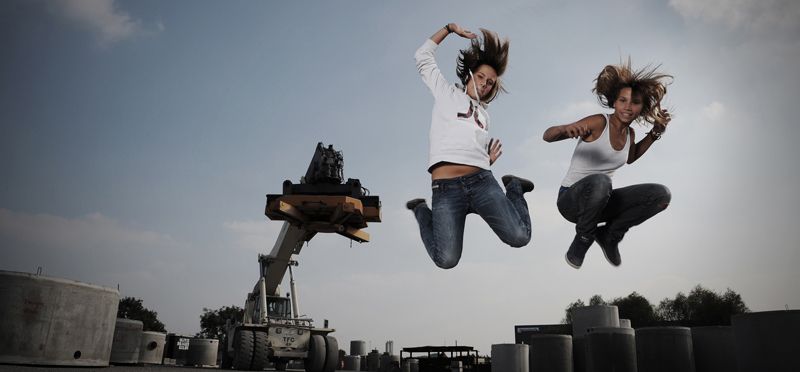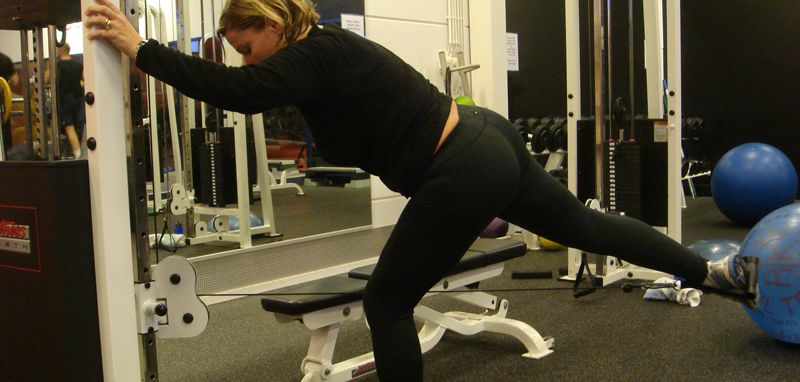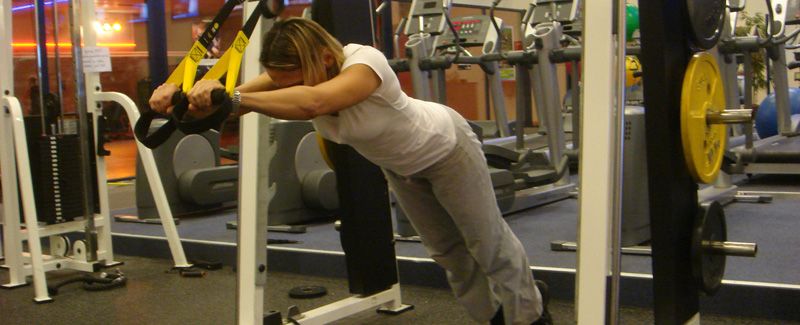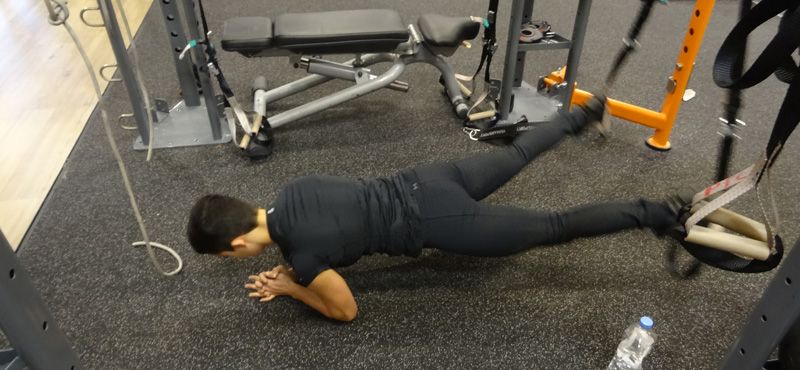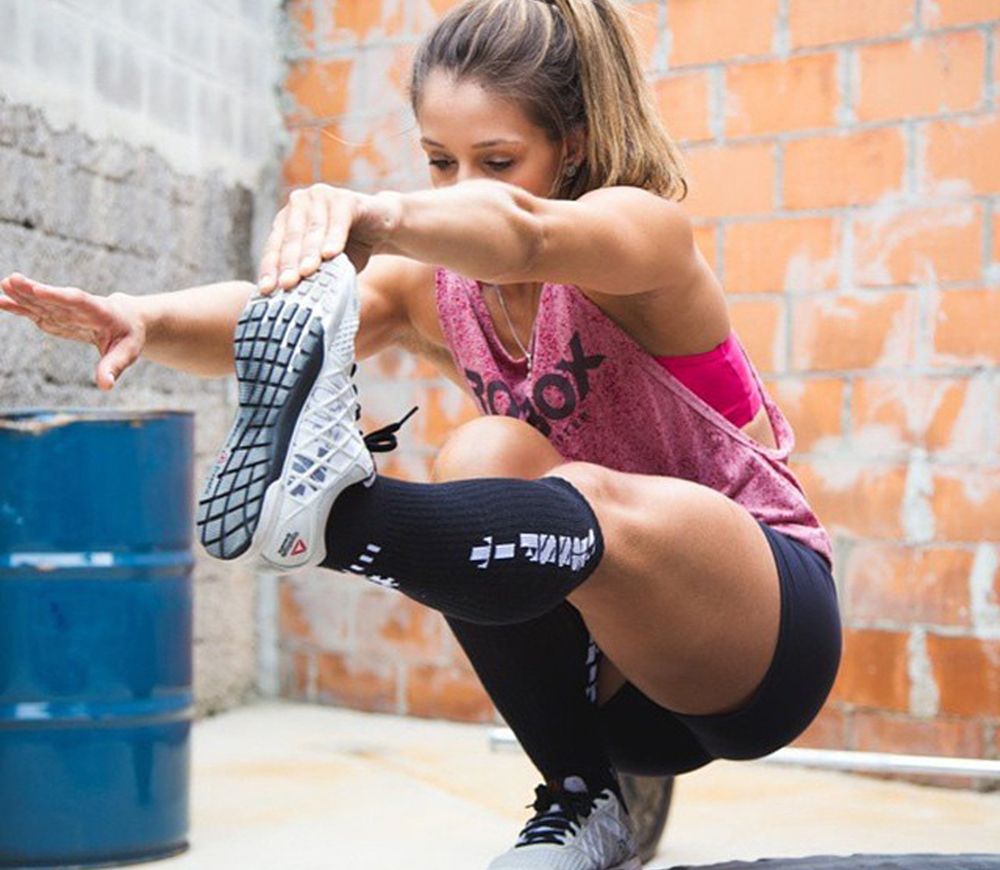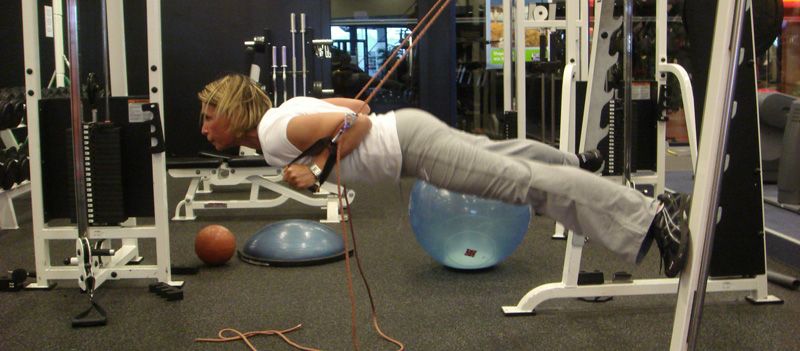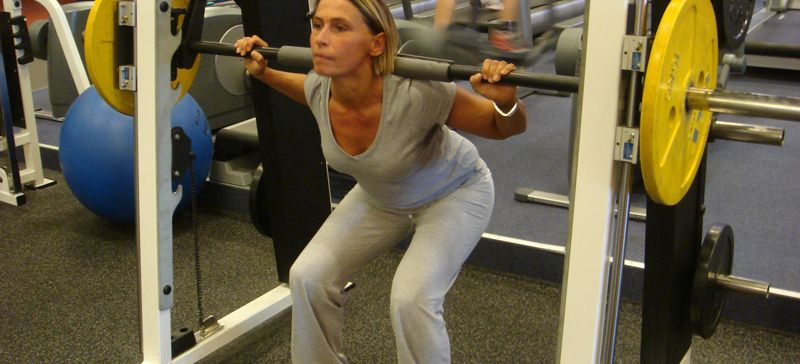Classical fitness training
Fitness today is mainly achieved in a sitting position and is controlled by machines, which means that the movements are incomplete. This isolated form of training only works on individual muscle groups.

This machine-based training does not solicit our coordination capacities. Yet coordination is a very important part of our movements. Good coordination between the different muscle groups is important for optimal movement and good balance.
Excessive use of machines and a sitting position lead to a very low level of co-activity, although the core controls all movements.
During this “lazy” isolated training, the activity of the different muscle groups decreases and energy consumption is low.
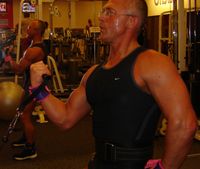
As we can see, this type of training is not functional, because there is no effective transfer to other sport activities or daily life. Nevertheless, we shouldn’t simply reject normal training. It’s a good way to consciously stimulate certain muscles. Once the athlete becomes aware of these muscles, he/she will also use them later in functional training.
In addition to physical characteristics, we also have material possibilities. Fitness rooms are equipped with state-of-the-art equipment, which brings a flood of motivation and expectations when the athlete first encounters it. But once the athlete gets down to work, he/she soon realises that these amazing modern machines do not train efficiently and the intended results are disappointing. Because of this, training is quickly seen as boring, and motivation fades away.

In traditional training, a distinction is made between strength and cardiovascular exercises. In these types of plans, cardiovascular training is the only way to develop endurance. When we start working on strength, we are limited to isolated exercises alone that only stimulate one muscle group. This often leads to overstress on the joints, causing joint injuries. In addition to joint injuries, this training also leads to a huge imbalance between the muscles. These isolated exercises solicit the large muscles and leave out the stabilising muscles. The muscles get bigger and strengthen, but functionality disappears completely.
Current high-tech fitness equipment is based on the six basic movements or basic forms of movement: squat, lunge, bend, twist, push and pull. These machines ensure that we carry out the basic movements in a stabilised and controlled manner, and thus we no longer have freedom of movement. The body is given the opportunity to overcome this resistance by using the prime movers.

Yet we can attribute one functional attribute to this traditional way of training. Machines are incredibly functional when it comes to cosmetic fitness that isolates the individual muscle groups as much as possible.
Functional fitness
In a functional fitness plan, we adapt the starting point. To achieve our goals faster, we focus on the movement instead of the muscle groups. We opt for exercises that require a high level of coordination, to activate as many muscles as possible at the same time and place a strong emphasis on trunk activity.

In order to achieve maximum transfer to movements in daily life, we opt for exercises that pay extra attention to correct posture. This helps us to best address the health goals of the athlete.
Functional training plans do not involve the use of enticing yet simple machines, but rather work with separate weights and cables. By simulating the natural pattern of movement, we solicit several muscle groups at the same time. This form of training allows the athlete to achieve his/her goals faster, which increases motivation.

In a functional training we do not divide functional training into strength or cardiovascular components. And yet, both aspects are addressed. The training works on several muscle groups simultaneously. This increases heart rate as a result and thereby develops endurance. The starting point for a functional training plan is the weakest chain. It must be strengthened to help the body function better, and this greatly reduces the risk of injuries.

Functional fitness training, like traditional plans, work on the six basic movements. But in this case, we go beyond merely performing the movement in isolation. This training pushes the body to coordinate strength, time and space via the proprioceptors of synergists, stabilisers and neutralisers. Instead of isolation of the muscle groups, we thus obtain synchronisation of the muscles.
Aspect Functional training Machinetraining
Movements in 3 dimensional planes Yes No
Improves stabilisation of joints Yes No
Stimulates collaboration muscle groups through proprioceptive coordination Yes No
Allows better isolation of the muscle without adjustment No Yes
Can be adapted to sports movements and specific activities Yes No
Can be performed with a minimum of equipment Yes No
Activates hypertrophy and bone density in the body Yes Yes
The core is important during movement Yes No
Stimulates both agonists and synergists, stabilisers and neutralisers Yes No





